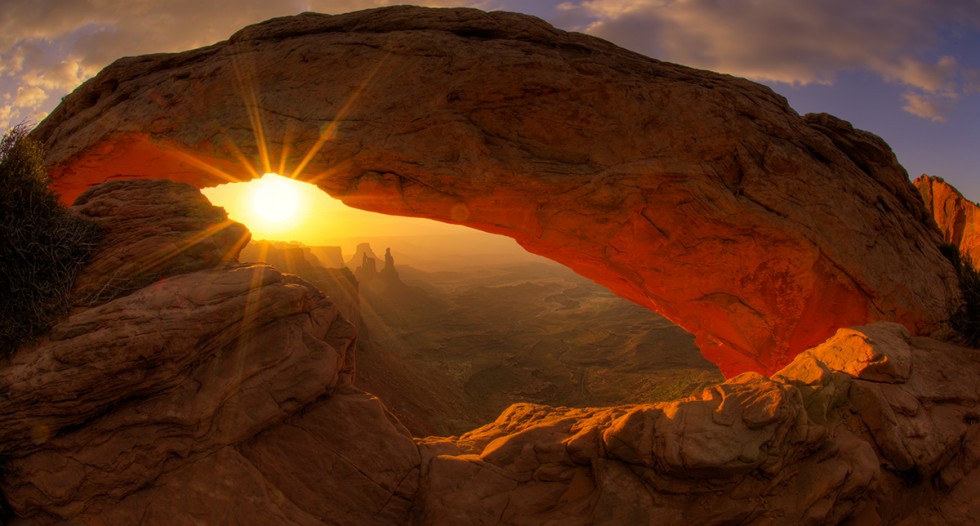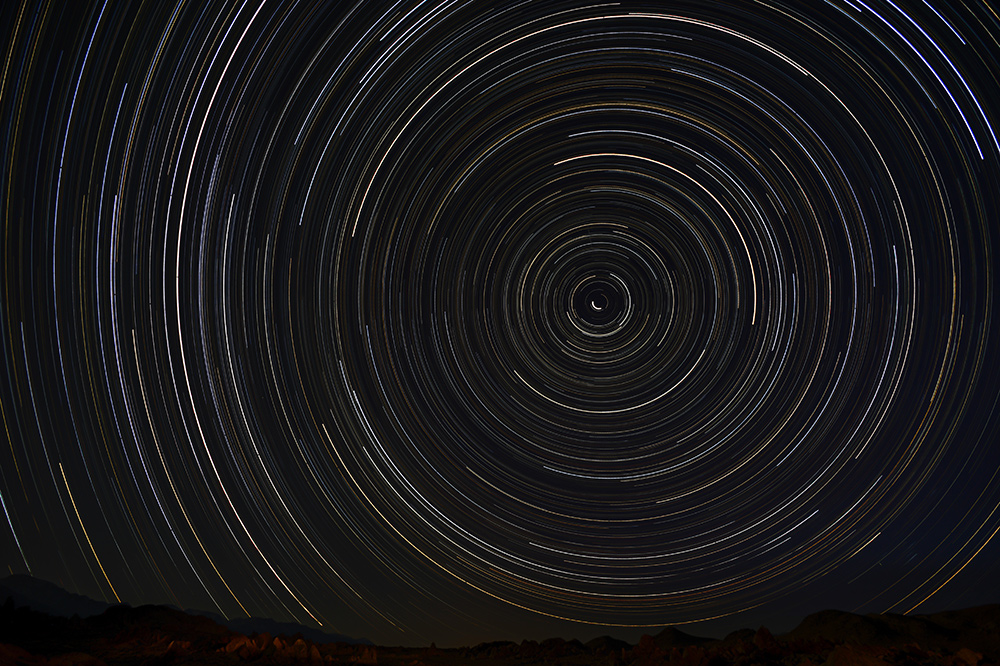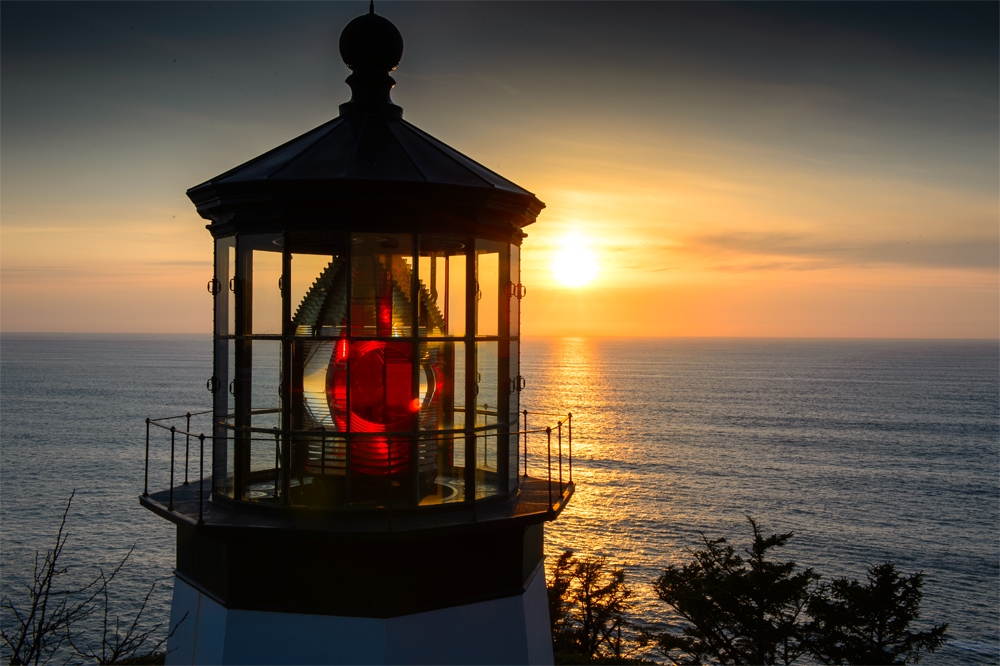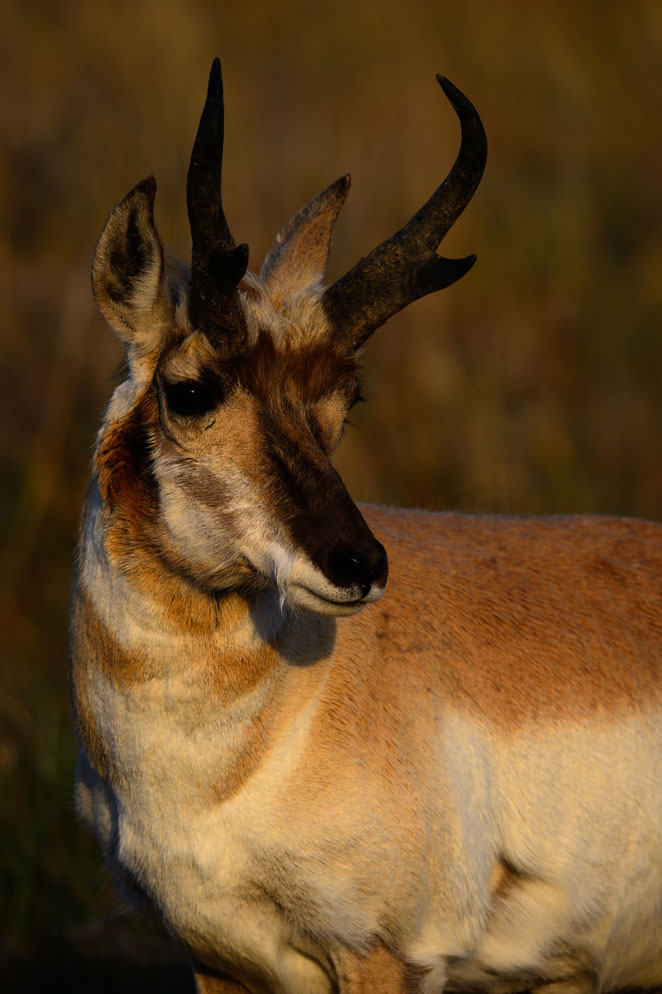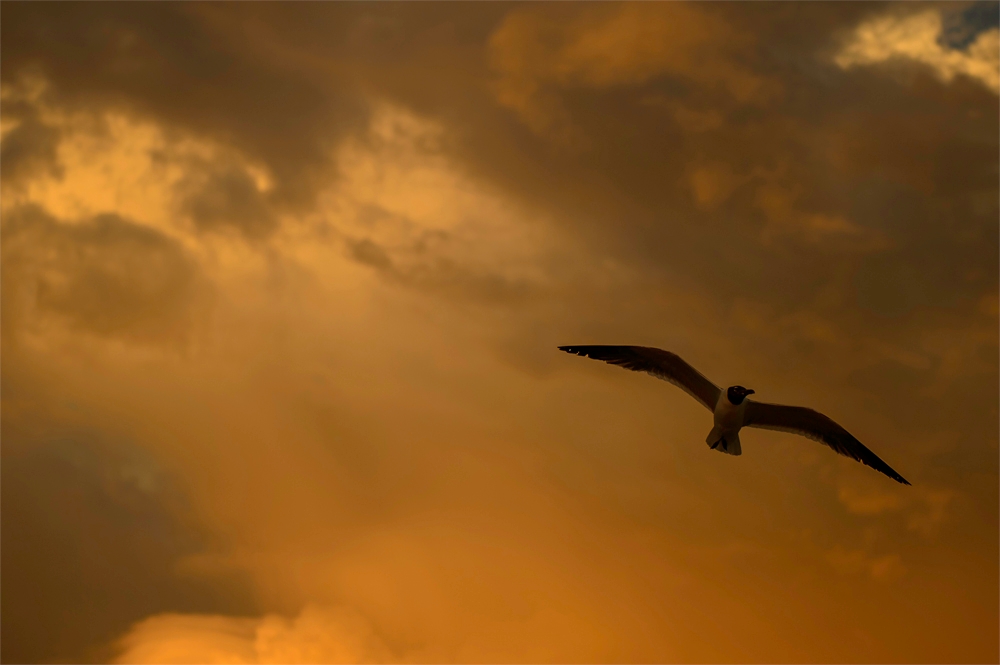Moose Peterson Helps You Prep A Photo Adventure Checklist
A lunar eclipse, the fourth of July, summer vacation, the first day of fall—what do all of these have in common? Each offers the makings for a fantastic photo adventure!
As photographers, we look forward to enjoying every moment shooting. We love to bring back photo memories from our travels so that we can share them. Why not make the planning and prepping part just as enjoyable? Doing your homework planning your adventure will actually help you create your best images ever.
For the past three decades I’ve been very fortunate to have had many a photographic adventure, so I have this checklist thing down pretty darn good. Let me share with you my photo packing routine so that when you initiate your next adventure, all you will think about will be the images you can make.
Even Before The Gear
Whether you’ve been to your destination a hundred times, or it will be a first visit, I recommend learning all you can about the venue. Research things such as probable shoot conditions, parking plus access info for getting to and from the destination, likely weather, vantage points, nearby amenities and more.
Next, think about the times of day when you may be shooting. Will you stay out late to shoot the stars, or do you plan to capture at high noon in full sun? Get familiar with probable temperatures for the times when you will be out. Armed with that knowledge, decide what you should wear. Will you need a thick warm or waterproof jacket, or a vest with pockets for lens caps and gloves? Think you should bring hiking boots? How about toting some sunblock and snacks? If you’re comfortable on the trail, your photo taking will not only be more fun, but likely more fruitful too.
Next, think about the times of day when you may be shooting…If you’re comfortable on the trail, your photo taking will not only be more fun, but likely more fruitful too.
When creating your packing checklist, don’t forget the basics; the biggest one is water. So obvious and necessary, I’m always surprised how often photographers overlook this. Is there a store where you’re going? Does it sell bottled water or do you need to bring a bottle to refill? Hot or cold weather—water makes all the difference.
Tech That Eases The Adventure
Now you can start determining best shoot locations at your destination. We live in a great age where much of this information can not only be researched in advance, but can be brought with us on our smartphones.
Two of the most common things checked by photographers are details about sunrise and sunset. We style with light—even with night photography—so this knowledge is our life’s blood. When in the field, make sure you have the details, either from your research notes or a source of online information.
Before the Internet and Wi-Fi® I would go to the bookstore and buy magazines and books and even go to talks by others who have traveled to the region. For photo adventures where I know wireless connectivity abounds, tools such as Google, or apps such as Instagram and The Weather Channel, can assist. And one more must to load onto your smartphone—the Nikon Manual Viewer app. Be certain to download the digital instructions manual for your camera model, then keep that info with you always.
These days you can plan in advance where you want to be, as in literally the exact spot. You may even be able to get an advance peek at what a place looks. Do a ‘search for photos’ on the Internet to pull up geo-tagged images from browsers, popular photo sites and those images that have been posted by individuals.
Walking The Landscape With The Best Gear
Having completed destination and travel checklist homework, next comes the fun part—determining camera gear. If you’re like me, considering what to take, and thinking about the photos I may get, can be downright fun. How much gear should you bring? I find the old saying “less is more” applies very well.
Then there are the lenses—preferring for my landscape work the…24-70mm for those intimate views…
If I use myself as a traveler who’s pondering a landscape photographic adventure, I like to fit everything into a single bag. I might have a couple of bodies, such as the Nikon Df and D750; the Df for its great high ISO and fun factor, and the D750 for its beautiful files and Wi-Fi abilities to instantly send an image to my smartphone for social sharing (you can do this with the Df with the WU-1a as well). Then there are the lenses—preferring for my landscape work the 80-400mm for optical extraction, 24-70mm for those intimate views, 18-35mm to take in the grandeur of it all, and the 16mm fisheye when wide isn’t wide enough (did you know that with the horizon running through the center of your frame you don’t get a curved horizon with the 16mm?). All of these lenses are obvious inclusions except perhaps the 80-400mm. Shooting long permits you to take in a small slice and make it prominent, for example when shooting at the Grand Canyon when getting closer isn’t advisable.
I also include accessories such as a wallet of CF and SD cards, fast ones so when I get back to my room at night the upload is fast and I can see my results quickly. You might not know this, but other than the fisheye, all the lenses listed here have the same filter size diameter. That means I can carry just one size filter that works on all.
So I arrive at my location, then decide I wish to take a walk for a sunset shoot. I don’t want to lug all that gear, so I pull out the sling bag I’ve packed. The size is just right to hold one camera body, a couple of lenses and a few accessories.
Switching To My Wildlife Side
If I changed up my trek from landscape to wildlife photo adventure, the gear might change slightly. I would add the Nikon D4S and the NIKKOR 800mm super telephoto and leave the sling bag at home.
When I venture out into the field, I firmly connect the D4s/800mm to my tripod then carry it over a shoulder.
The D4S with its 11fps makes capturing that action sequence and the great shot possible. When I venture out into the field, I firmly connect the D4S/800mm to my tripod then carry it over a shoulder.
I also bring the Nikon 1 V3 on a strap that’s slung over my shoulder. Its amazing image quality, fast operation (60fps), amazing viewfinder and Wi-Fi capabilities make it a natural addition. If you don’t want to tote a lot of heavy gear, grab the Nikon 1 plus a 1 NIKKOR lens, such as the 10-30mm, and you have the perfect landscape gear to complement shooting the critters with the 800mm.
We’ve covered the basic camera bodies and lens suggestions for two types of adventures, so now let’s touch on some additional, and very important, accessories I did not mention above. For one, I never leave home without my Nikon Slim Polarizer. It’s an essential that can bring life to a photo that you might otherwise walk past.
I also like the Nikon GP-1 GPS unit paired to both the Nikon D4S and the Df. Latitude, longitude, altitude and time information can be added. I most often use it to record location and time a shot was made.
An essential piece of gear is the MC-36. This multi-function remote cable release fills an important role with all these bodies. You can do time-lapse, star trails (real easy with the Df and its “T” function), and much more. Personally, my formula for star trails is permanently written on the back of my MC-36. And it can also serve as the ever faithful cable release when you have those really slow shutter speed shots. It does it all and very well.
Making Sure It’s All Packed
There is nothing worse than getting on location and realizing you left an essential item at home. I avoid this by doing two things. First, about a month before the trip I write down a physical checklist of all that I want to take. This includes the obvious—clothes, sunblock, meds, camera gear, batteries, chargers, sensor cleaning kit and accessories—to the not so obvious—spare smartphone charger, Kleenex, hard candy, map, binoculars, sunglasses, the works.
Second, I then leave the list on my desk until the last moment and continue to look it over and modify while I continue my location research. Then, two days before I leave, I get everything out. I do not pack yet; I just lay things out. For the next day I ponder all items and adjust as needed.
Great photography results when you can concentrate on just the subject and that comes in part from great planning. Remove as many variables as possible during the planning process and prep time to maximize the fun in the field. That time spent preparing may make your time in the field not only more successful, but less stressful. That’s how you want to go about your photo adventure.

